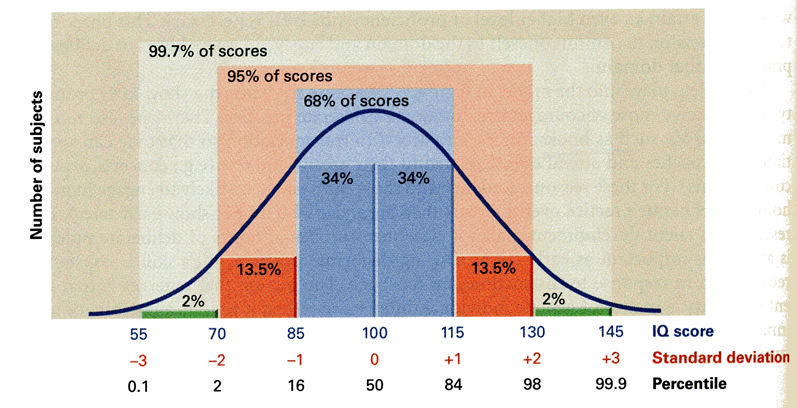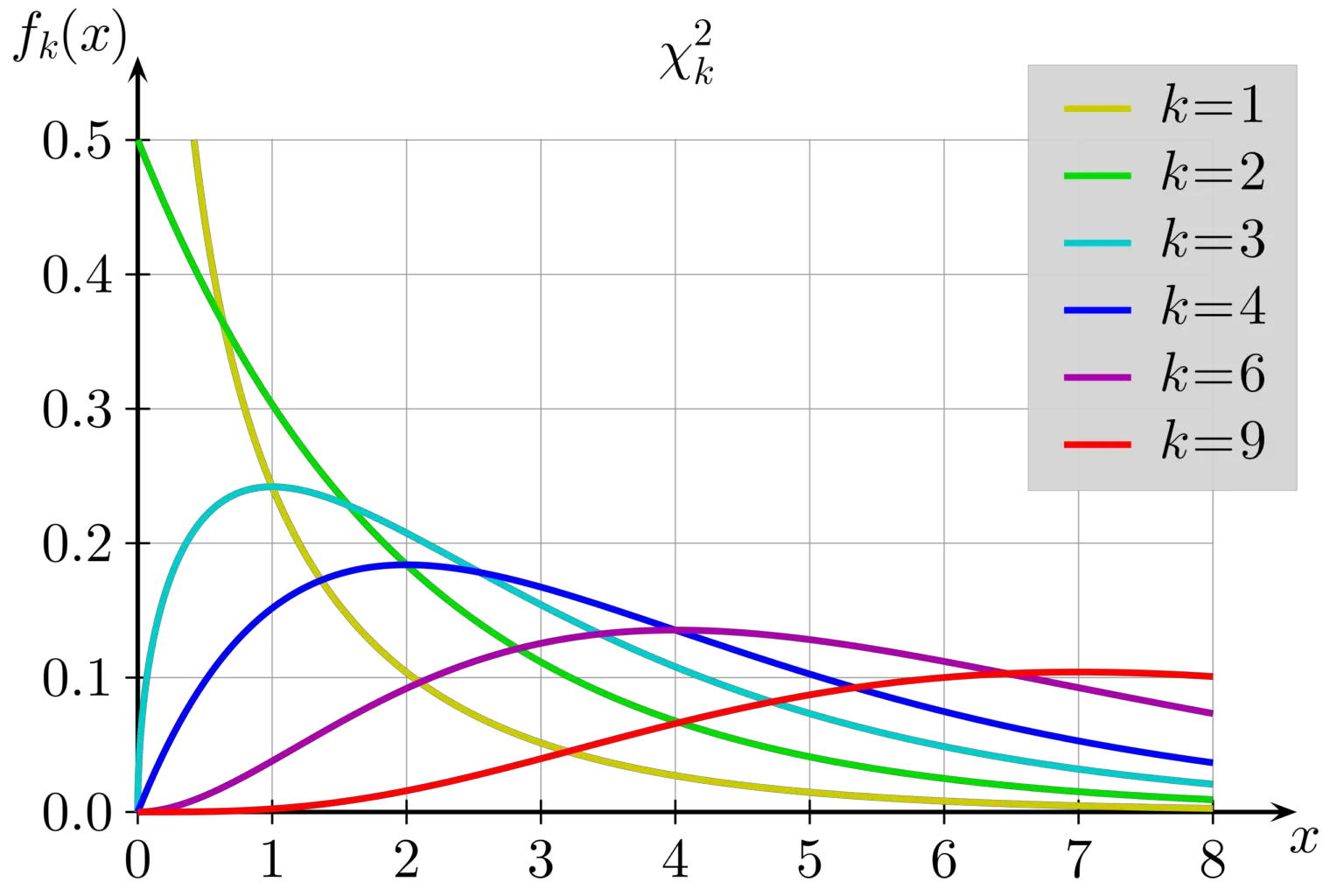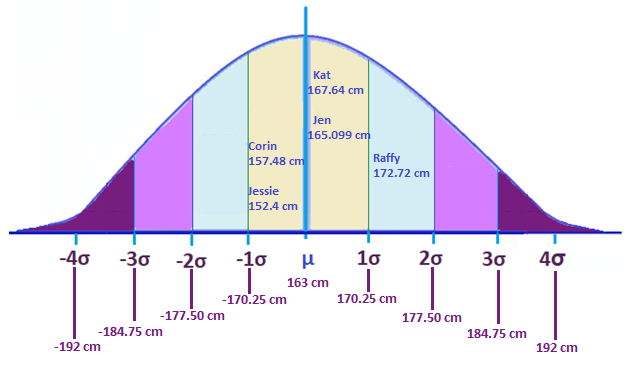8 pics t score table confidence interval and view
Table of Contents
Table of Contents
Do you struggle with understanding statistics? Are T Score Chart Statistics foreign to you? If so, you’re not alone. Many people find this aspect of math daunting, but it doesn’t have to be. In this article, we’ll break down T Score Chart Statistics and show you how to make sense of it all.
The Pain Points of T Score Chart Statistics
For many people, the thought of understanding statistics is overwhelming. There are many terms and formulas to remember, and it can be challenging to connect the dots. When it comes to T Score Chart Statistics, it can be especially challenging. Without a proper understanding, it’s impossible to make sense of the data and draw meaningful conclusions.
What are T Score Chart Statistics?
The T Score Chart is a statistical table used to determine the probability of a t-value. It measures the difference between sample means and the population mean, using a t-distribution. These charts are commonly used in hypothesis testing, to determine whether there is a significant difference between two groups.
The Main Points of T Score Chart Statistics
T Score Chart Statistics is a vital tool in hypothesis testing, which is a fundamental aspect of statistics. By using these charts, it’s possible to determine the probability of obtaining certain results by chance. This can help to identify whether the results are significant or whether there is no real difference between sample means.
Understanding the T Score Chart
The T Score Chart Statistics is a valuable tool for statisticians. It shows the different values of t-distributions for various levels of confidence. A higher degree of confidence indicates a higher level of accuracy, but it comes at the cost of a broader range of possible values. When using the T Score Chart, it’s essential to know the degrees of freedom, as this will impact the accuracy of the results.
Personally, I found that the best way to understand the T Score Chart is through practice. By working through examples, I was able to see how the chart functioned in real-world situations. It also helped me to identify common mistakes and understand how to avoid them.
Using the T Score Chart Statistics in Hypothesis Testing
Hypothesis testing is a critical aspect of statistics and is used to determine whether there is a significant difference between two groups. The T Score Chart Statistics is used in this process to calculate the p-value, which is the probability of obtaining the observed results by chance.
My personal experience with hypothesis testing and T Score Chart Statistics came in my statistics course in college. I found this aspect of the course challenging, but with practice and guidance from my professor, I was able to grasp the concept. It was fascinating to see how statistics could be applied to real-world situations, and it gave me a deeper appreciation for this field.
How to Interpret T Score Chart Statistics
Interpreting T Score Chart Statistics can be challenging, but with practice, it becomes much more manageable. When interpreting the results, it’s crucial to pay attention to the degrees of freedom, confidence level, and the p-value. These factors will all impact the accuracy and significance of the results.
Common Mistakes in T Score Chart Statistics
One common mistake people make when using T Score Chart Statistics is failing to understand the degrees of freedom. This can lead to inaccurate results and a misunderstanding of the data. Another common mistake is misinterpreting the confidence level and over-relying on the results without considering the broader context.
Question and Answer
Q: What is the T Score Chart used for?
A: The T Score Chart is used in hypothesis testing to determine the probability of obtaining certain results by chance.
Q: What is the p-value?
A: The p-value is the probability of obtaining the observed results by chance.
Q: Why is hypothesis testing important?
A: Hypothesis testing is essential because it allows us to determine whether there is a significant difference between two groups and draw meaningful conclusions from the data.
Q: What is the difference between a high and low degree of confidence?
A: A higher degree of confidence indicates a higher level of accuracy, but it comes at the cost of a broader range of possible values.
Conclusion of T Score Chart Statistics
In conclusion, T Score Chart Statistics are an essential tool for statisticians. By using these charts in hypothesis testing, it’s possible to determine the probability of obtaining certain results by chance. While it can be challenging to make sense of these charts at first, with practice and guidance, anyone can grasp the concept and apply it to real-world situations. Remember to pay attention to the degrees of freedom, confidence level, and p-value when interpreting the results, and avoid common mistakes like misinterpreting the data or failing to understand the broader context.
Gallery
T Value Table - Z Score Table
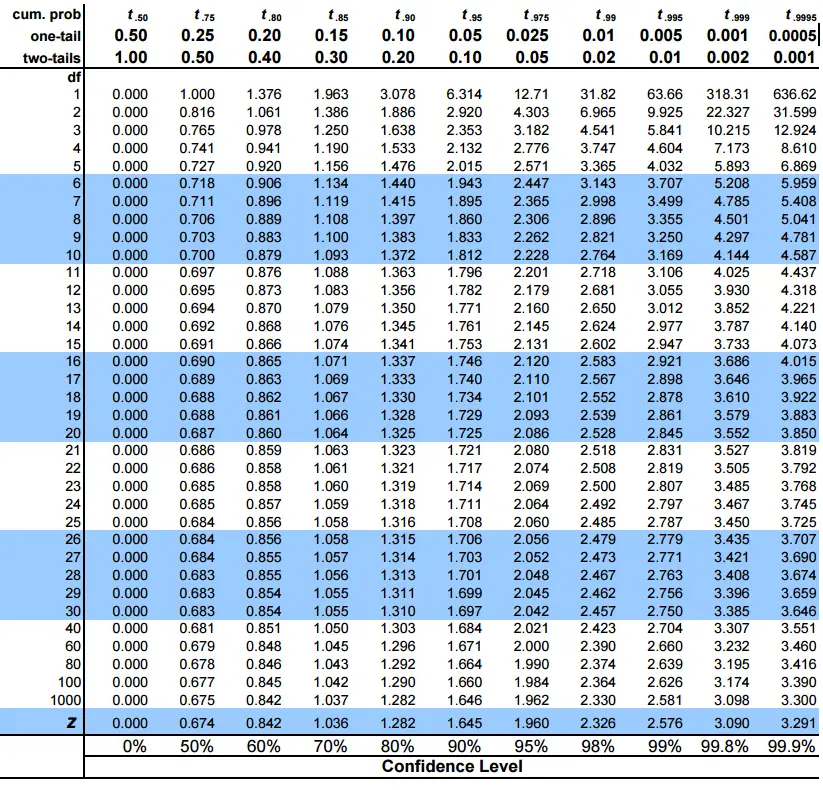
Photo Credit by: bing.com / table value test statistics critical score distribution find calculator ttable whether students level significance deviation standard freedom significant use dean
How To Use The T-Table To Solve Statistics Problems - Dummies
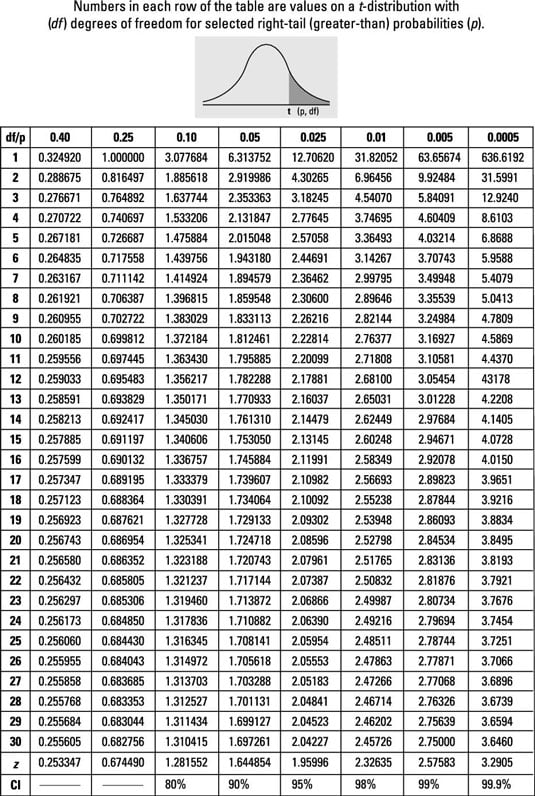
Photo Credit by: bing.com / distribution tables statistical degrees interval statistik dummies intervals probability solve nilai calcul calculate birra misalnya ujian distributions decimal
8 Pics T Score Table Confidence Interval And View - Alqu Blog

Photo Credit by: bing.com / interval intervals statistical deviations
Self Study - Statistic T-Test & T-table - Cross Validated

Photo Credit by: bing.com / table test statistic stats significance statistical use study self
T Score Table | Statistics Math, Confidence Interval, Sociology Theory

Photo Credit by: bing.com / score statistics math table chart scores negative stats normal distribution standard ap science resources confidence interval yahoo results search find

